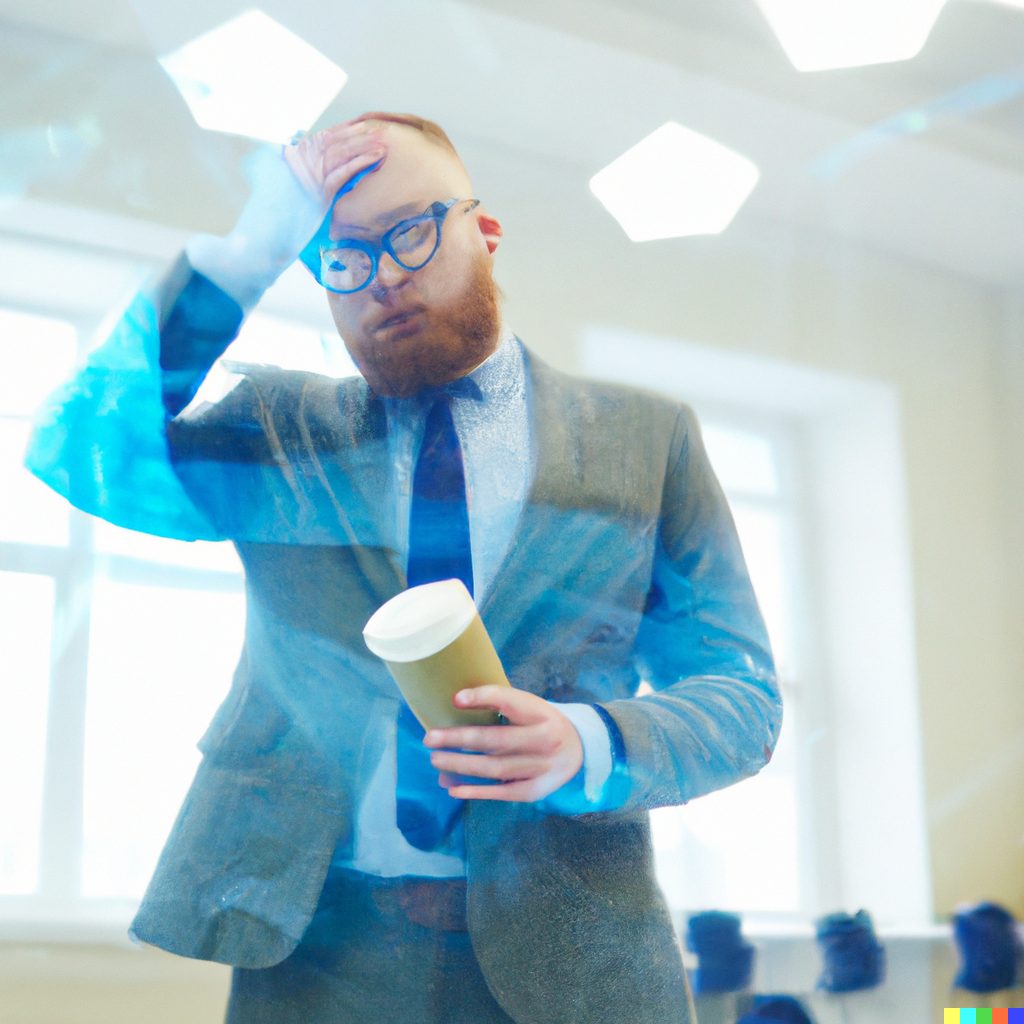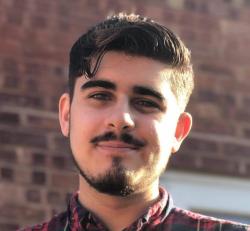
Gaming Editor Louis Wright argues that AI-generated art lacks the passion and originality of ‘true’ art, and threatens to destroy artistic industries and the pursuit of artistic hobbies.
With the recent explosion in artificially intelligent (AI) chatbots and art generators, there has been serious debate on the ethicality and legality of these services. From cases of plagiarism to the idea of replacing those who produce such content, it has to be considered: is the convenience of AI art enough to justify the harm it causes?
Is the convenience of AI art enough to justify the harm it causes?
To understand the complexities of the ethical debate surrounding AI art, understanding the process through which it is created is necessary. Artificial Intelligence is built up of what is known as a ‘neural network’– a collection of algorithms that work to establish links and connections within a series of input data. They can be programmed to perform certain tasks or seek out specific types of content. This typically results in a singular output from the neural network that is the result of complex analysis and interpretation of what is fed into the system.
When established, neural networks are then trained through a process known as ‘machine learning’. This involves providing the system with huge amounts of test and control data as inputs, allowing it to gain a deeper understanding of pattern recognition. With enough machine learning and judiciously selected testing data, the neural network becomes more effective at making predictions and behaving similarly to a human brain.
Any ‘original’ outputs of a neural network that is used for generating art utilises prediction based modelling. This means the network uses the information that it has collected during the machine learning phase to make an estimation of what would normally be produced in that scenario. This can involve taking existing elements directly from data fed into the network for usage in the output.
Any ‘original’ outputs of a neural network that is used for generating art utilises prediction based modelling
As AI analyses the composition of thousands of pieces of existing artwork to properly generate ‘new’ pieces, the dubious nature of the originality of this content must be examined. AI artwork, in attempting to replicate pieces of existing art to follow a prompt, can often produce a facsimile of what it is basing its generation on.
Due to generating something that is a prediction of what artwork should look like, nothing the AI produces will be genuinely original, as true originality in this sense would involve being able to interpret and randomise the data in a way that makes it unique. However, computers can never achieve true randomisation. This means any artistic interpretation will have been pulled directly from an original source and manipulated to make something new.
Arguments can be made on the transformative nature of this process allowing for a sense of originality, however, an AI will not credit the source of information that it is using to predictively generate a piece of work. In this sense, AI art generation can be seen as comparable to tracing or not referencing source images, acts that are frowned upon by artistic communities.
AI art has faced issues from artistic communities for reasons other than cases of plagiarism. Particularly, the threat that AI generated art poses to these communities, and their place in artistic industries, is pertinent. Typically, it will take an artist an immense amount of time and investment to complete a piece of artwork. Therefore when an AI is capable of producing artwork that is of an acceptable standard to many in a fraction of the time and cost, it is likely to be preferred over human-produced art.
AI will not credit the source of information that it is using to predictively generate a piece of work
There are many examples of this, for instance, BMW projected AI-generated art onto cars for advertisement. This artwork could have very easily been done by an artist to not only provide them with a stable source of income, but also exposure from a large brand that could have provided more jobs in the future. However, since an AI was used for this task instead, the opportunity was lost.
By using AI-generated art in place of artists, companies are restricting the number of available jobs for people in this industry. If there is a continuation of this trend going forward, then the more reliable and sustainable art based industries such as illustrating, advertising, and production will see a fall in jobs available for humans as they cannot possibly compete with AI on this front. As such the reality of these job markets and industries crumbling to the inception of AI-generated art over the course of the next decade is a very real and startling conclusion.
This impact on creativity is not limited to the industrial side of the craft however, as AI-generated art has resulted in a serious blow to art hobbyists. By providing a quick and easy alternative to the time and effort required to create artwork, AI generated art can lead to the discouragement of aspiring artists. This has been widespread around artistic communities, with artists often banding together in ways to try and support one another in a time where their craft is being taken from them. By using AI-generated art in place of artists, companies are restricting the number of available jobs for people in this industry
The greatest culmination of this is in an AI art generator winning an art competition. When artists have dedicated, in some cases, their entire lives to honing their skills and perfecting their craft; being beaten by an algorithm that cannot instil any modicum of passion or care into its creations can destroy any care or desire to continue to pursue that hobby.
This disillusionment and replacement carry beyond the medium of physical artwork. As AI becomes more advanced, it becomes capable of doing more. ChatGPT, for instance, is able to accurately replicate human speech patterns and communicate in real-time. Therefore, when we see instances such as the AI chatbot co-writing an episode of South Park, it presents an extension of the idea of artists being pushed out of their industry. What stops studio heads and producers using AI to write scripts going forward, especially as these AIs continue to advance?
This idea is not only limited to the creative industries either. ChatGPT has functionality in producing code, and while its functionality in this regard is nowhere near as effective as its script writing, it still threatens future jobs in the industry. Given enough progressions, ChatGPT’s coding functionalities could see a novelisation of programming jobs to nothing more than acute adjustments of text prompts.
While some skills can be attributed to understanding and manipulating these prompts for the desired results, seeing a more established collaboration between human and AI, there is a marked difference in the skills used. Directing an AI to produce the desired result is more akin to a manager ordering their employee to do a task, nowhere near the talents needed to produce the likes of Picasso.
AI provides an unsettling insight into the future developments of many industries and crafts. As it improves its functionality in producing artistic content, it creates a risk of it being used to outsource creative jobs to a cheaper and more efficient source. This continued projection of AI usage will ultimately see the loss of the human element in not only these industries but also hobbies, and thus the potential end of creativity as we know it. It is paramount that regulations […] are put in place to stop [AI’s] destruction of entire job markets
If we are to see a continued usage and development of artificial intelligence for these purposes, it is paramount that regulations and likely restrictions are put into place as to not only stop their abuse but also their destruction of entire job markets.
Enjoyed This? Read more from Sci&Tech here!
Does AI Influencer Serah Reikka feel emotions?

Comments